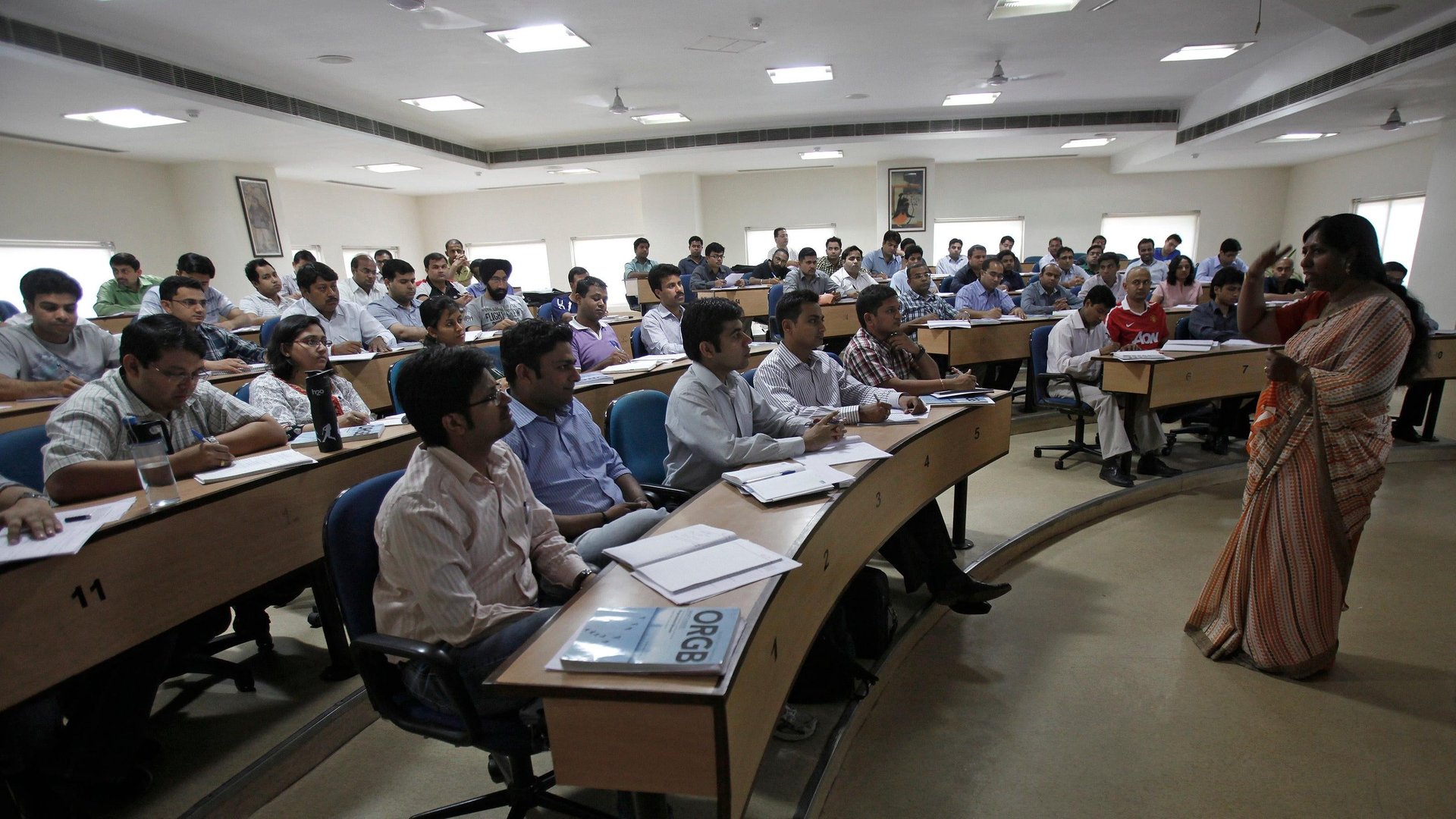Why are Indian banks hesitant to grant education loans?
About 8% of disbursals by state-run banks had turned bad by the June quarter.

Indian banks are going slow on sanctioning education loans.
Mounting bad assets in the category seem to have spooked India’s 12 public sector banks that overwhelmingly dominate education loans.
Government data show that around 8% of such loans issued by them till the June quarter were non-performing assets (NPAs)—that is, 6,246 crore rupees ($767 million) out of Rs79,900 crore.
Indian Bank registered the highest NPA on education loans at more than 29%, followed by UCO Bank (18%).
Private sector banks accounted for only around 7% of total outstanding education loans, while regional rural banks had 3% at end of March 2020, a Reserve Bank of India research paper shows.
India’s loan default problem seeps down to the job scene
The main reason for defaults is poor employment.
Job creation badly lags the number of graduates churned out every year, according to Jyoti Prakash Gadia, managing director of the financial advisory firm Resurgent India.
A weakening economy adds to the woes: In 2022, thousands were laid off at several multinational companies and startups.
The global job scene is unlikely to improve significantly in the near future.
“The global labour force participation rate, having fallen by close to 2 percentage points between 2019 and 2020, is projected to recover only partially to just below 59.3% per cent by 2022, around 1 percentage point below its 2019 level,” the International Labour Organisation has said (pdf).
